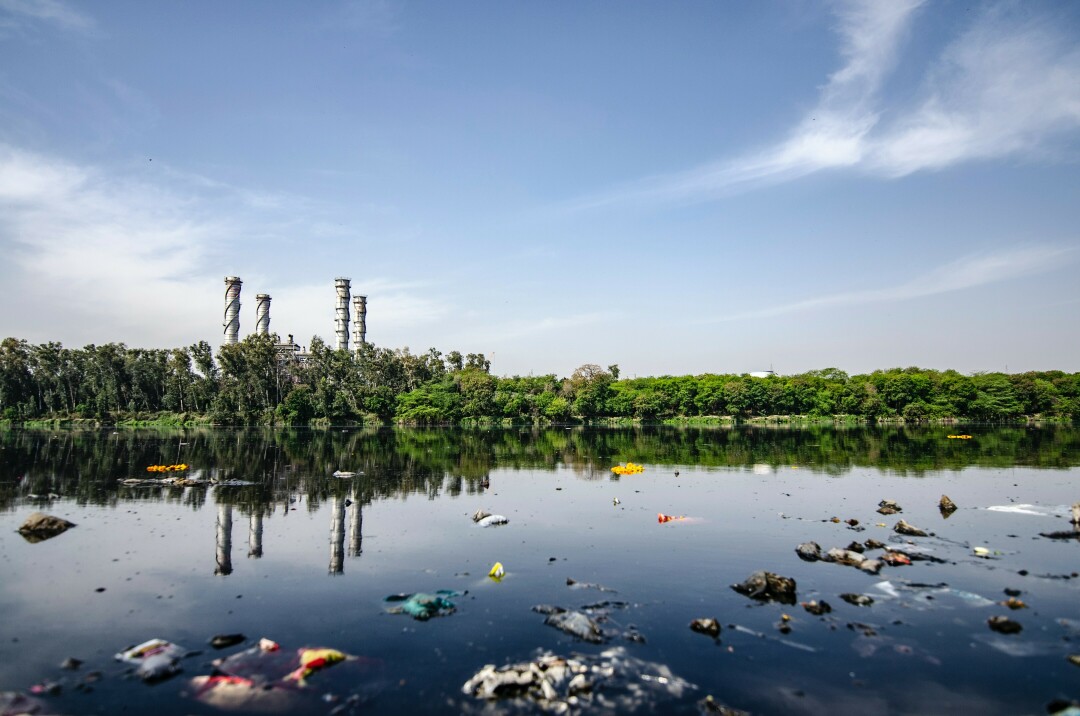5 Interesting Facts about Water Pollution

Over the past 100 years, human activity has led to increasingly severe environmental challenges related to water quality, quantity, and distribution. Water pollution is one of the most pressing global challenges facing us today. It's a widespread global problem that has been threatening human health, ecosystems, food chain and has put too many marine species on the brink of extinction. Freshwater is a fundamental necessity for humans and numerous types of life, however, just about 3 percent of the Earth's water is potable.
With limited access to fresh water and extensive contamination of freshwater, people in developing countries are tackling major challenges that threaten their health and well-being. The wastes from industrial and agricultural lands and sewage are one of the prime causes of water pollution. In the coming years, the freshwater crisis is likely to reach its peak causing havoc worldwide.
This article further elaborates on five facts about water pollution that everyone should be aware of. Because awareness is the first step to moving towards a solution. There are a lot of essay examples that you can check out to know about water pollution along with air pollution, land pollution, plastic pollution, thermal pollution, and so on.
Does Water Pollution Kill?
The effects of water pollution are far-reaching to the extent of being lethal, damaging marine life and their habitats as well as putting human populations at risk. Every year, around 250 million who lack access to adequate sanitation facilities disproportionately suffer the consequences, including disease and death. Poor people are more prone to getting water-related diseases as they drink untreated water, which directly affects their health. In total, 2.5 billion people have no access to improved sanitation facilities.
“Dead Zones”
One of the major triggers of water pollution is eutrophication, which occurs after excessive levels of phosphorus and nitrogen enter the water from sources like agricultural runoff or sewage. The nutrient-rich water causes an overgrowth of algae, which then sinks to the ocean floor and decomposes, using up all of the oxygen in the water, sometimes creating low- or no-oxygen conditions (hypoxia and anoxia, respectively), making it hard for marine animals to survive, and ultimately causing large swaths of water to become uninhabitable. These are called dead zones.
Dead zones can also form when organisms in the water use up almost all the dissolved oxygen even before aquatic animals can consume it. Generally, this occurs either due to warmer water sitting on top of cold water or due to freshwater sitting on top of saltwater, e.g., the tidal mouth of a river. Due to less solidity, the top layer of water, in either case, floats, giving the layers little scope for blending. Thus, very little atmospheric oxygen can reach the lower water layers.
Whales and dolphins are extremely deep divers, diving to over 1,200 feet (405 meters) to find food. Unfortunately, there is little carbon dioxide in the air at that depth, and the animals are forced to use oxygen reserves in their muscles and take in gases that lead to nitrogen narcosis. These conditions may be dangerous for human divers as well.
Lakes and reservoirs are more prone to these dead zones than seabeds because they don’t have strong currents to redistribute the nutrients. There are about 415 dead zones worldwide identified by scientists, with the majority situating along the eastern coast of the US, Japan and the Korean Peninsula, and the coastlines of the Baltic States.
North America’s Lake Erie
Lake Erie in North America is among the many dead zones in the US. Fertilizers and other agricultural wastes strewn all over large farmlands get washed by rainfall and flow directly into the lake, acting as a fuel to massive algae bloom each year. These wastes make the water automatically toxic, making it harmful for more than 11 million people, whose drinking water comes from the lake. But more than that, the eutrophication caused by these wastes endanger the population of aquatic species in Lake Erie.
How many animals have already consumed plastic?
Research says that more than 200 species of animal, including whales, seals, fish, sharks, turtles, and birds, have already consumed plastic. Plastic is reported to kill around one million sea birds every year. Around 100,000 marine animals lose their lives due to plastic entanglement annually.
How many percent of garbage clogged the water?
Roughly 70% of garbage (mostly plastic), weighing around fourteen billion pounds that clog the ocean every year, sinks to the ocean floor and endangers marine life. These contaminated wastes include tons of solvents, heavy metals, toxic sludge, and other wastes.
Conclusion
With the rapidly deteriorating condition of the environment, it is crucial for young people, especially school, college, or university students, to learn thoroughly about the facts and causes of environmental pollution and spread awareness among others. Proper distribution of education is highly needed to achieve a fully aware society where everyone understands and values the importance of ecosystems and a healthy environment.